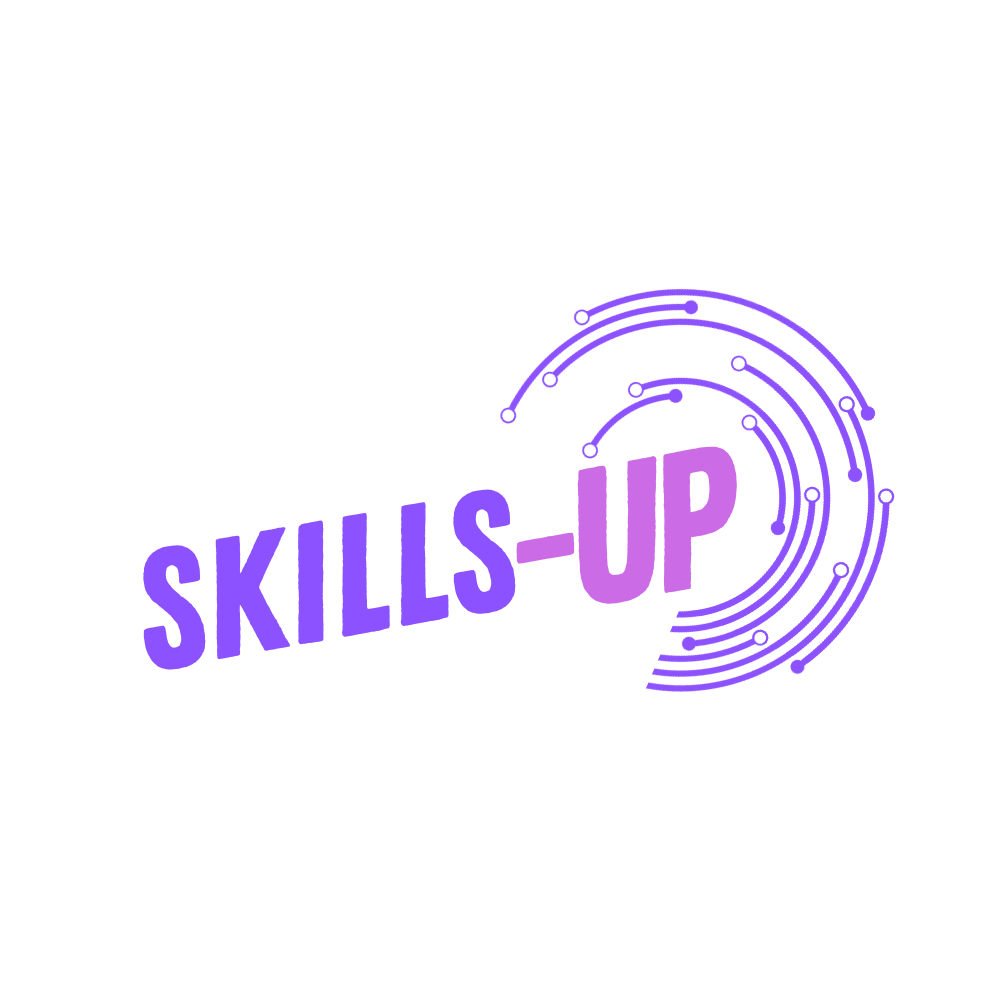n our modern era, which is rapidly digitising every day, the knowledge of digital literacy becomes not a matter of one’s choice but a basic requirement for everyone. Both researching and liaising with others are important tasks that are not possible without digital facilities. The internet has become an essential tool of life. However, there exists a significant barrier for many adults: the gap between internet-savvy individuals and those who aren’t as tech-savvy. This gap, in which language skills and technology have significant differences, makes it enormously difficult to use adult education worldwide.
Accumulating Knowledge about the Digital Language Discrepancy
The digital language divide is an integrated issue that comprises proficiency in the language, technological literacy, and access to resources. For those who have English as their second home language, experiencing digital platforms tends to be overwhelming. Then, also, people who have a tough understanding of technology find it difficult to have very basic digital skills, so the gap gets deeper.
Impacts on Adult Education
The outcomes of the death of languages in the digital world are crucial, for instance, in the sphere of adult education. In the case of conventional educational systems, it often happens that these systems are not designed to meet the needs of adult students, who are above all the ones who face linguistic obstacles, and so they lack knowledge within the realm of technology. The above facts mean that these people suffer a greater degree of inequality in that they cannot avail of online learning facilities, vocational training, or similar educational resources that are important for cultivation and growth.
Bridging the Gap: Specific Strategies and Solutions
Technology plays a role in promoting equal opportunity for people with disabilities
While technology in essence contributes to deepening the digital linguistic divide, it is also equally true that technology itself is a significant tool for the narrowing of this disparity. Digital devices and software can be deployed for the development of highly engaging language learning activities that may create intercultural connections and provide extra help to adult learners who contextualize. The utilisation of technology in education would allow for the creation of a new learning environment that is empowering for adults who are innovating in a rapidly changing digital atmosphere.







